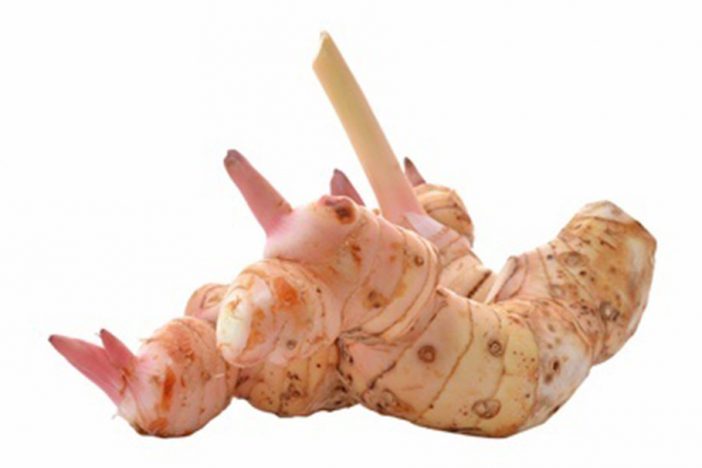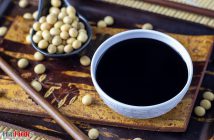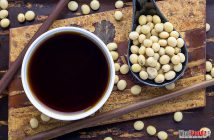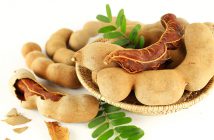The rhizome of the galangal is added in a small amount in some Thai dishes to mask unpleasant smells of meats, especially fishy smells of fish.
The galangal is an annual plant in ginger family Zingiberaceae. The rhizome of this is used widely in Asian cuisines, for example, Thai, Lao, Cambodian, Malaysian and Indonesian cuisines.
Throughout Thailand, galangal, lemongrass and makrut lime are popularly grown as kitchen-garden herbs for either cooking or medicinal purposes. In any Thai markets, the bundles of galangal rhizomes, lemongrass stalks and makrut lime leaves are held together by elastics, are appeared familiar for the Thais. These are for making tom yum soup, the popular Thai dish. They are essential ingredients for that, aren’t they? It can be said “Yes” for the lemongrass stalks and the makrut lime leaves, but “no” for the galangal. Indeed, the Thais use a small amount of the galangal, having an unpalatable flavour on its own, in some dishes in order to mask unpleasant smells of meats, especially the fishy smell of fish. Nevertheless, tom kha gai or chicken in coconut soup, named after “ข่า” (pronounce: K̄h̀ā, meaning galangal in English), is the only dish using thin slices of the immature galangal as a predominant ingredient.
The rhizome of the galangal is quite hard, so the Thais generally cut it into thin slices with a sharp knife prior to add into their tom yum soups. In making most of Thai curry pastes, this rhizome is also an important ingredient to add. Prior to make these, it is roughly chopped to ease while being struck with a mortar and a pestle.
Outside Thailand, galangal is available fresh, frozen or as dried slices. For the dried ones, they are necessary to be reconstituted by soaking them in water prior to use. The ginger in powder form is also available, but it is a poor substitute. For the fresh and frozen ones, look for smooth skins.





